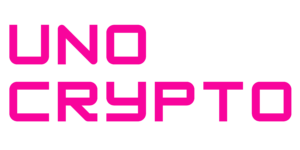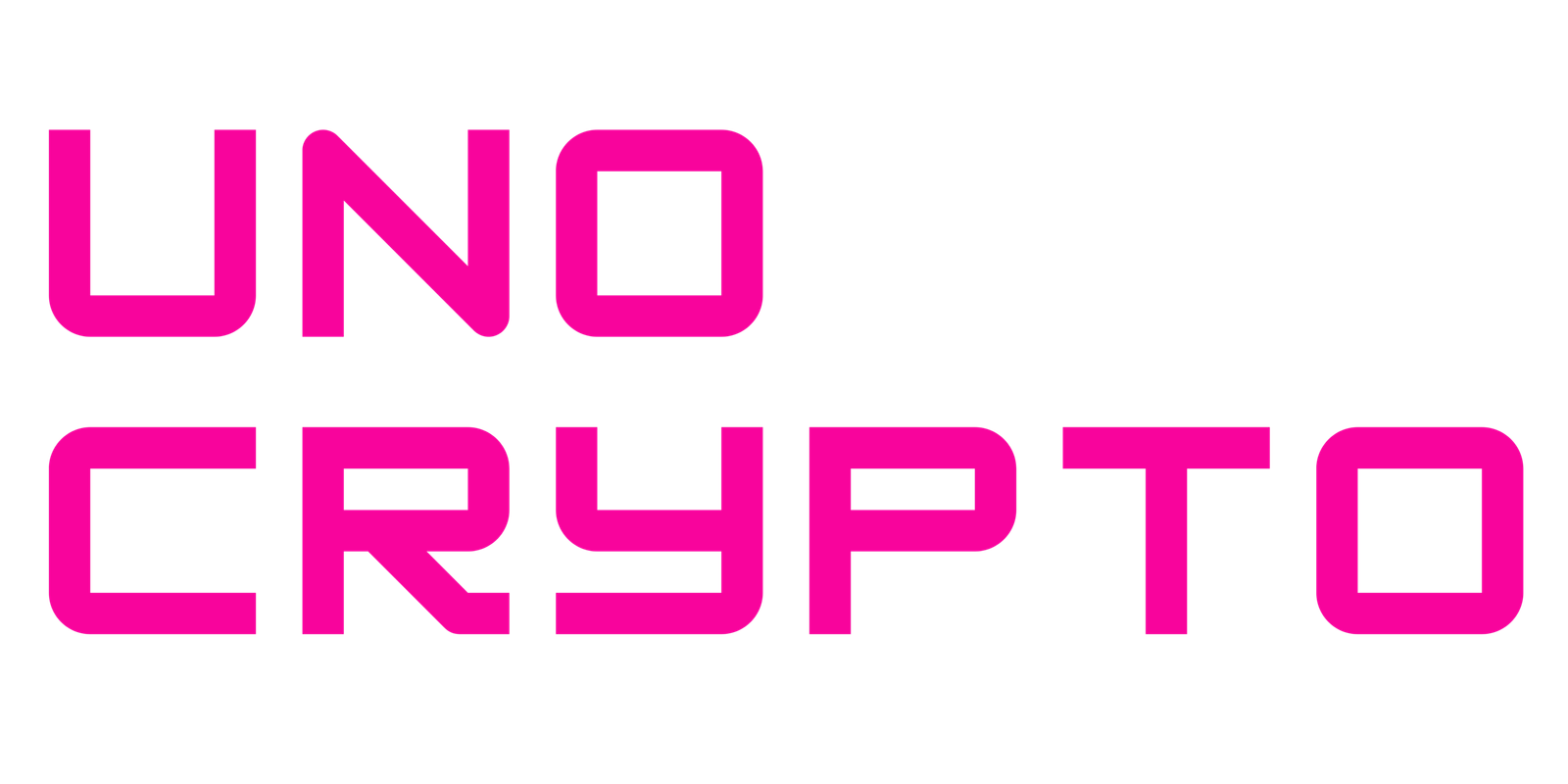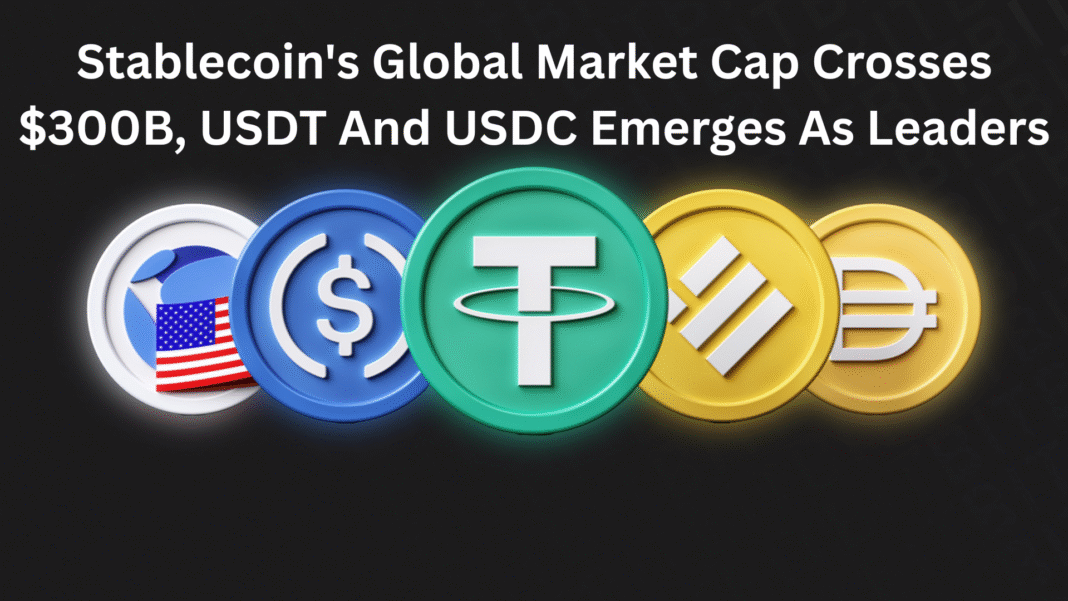The total market of stablecoins exceeds more than $300 billion, according to data from DeFiLlama. Tether is the lead with $176.25 billion and 58.44% of the market. Circle’s USDC has more than $74 billion in circulation.
Ethena’s interest-paying USDe holds the third spot with $14.83 billion, and the change comes along with banking-backed projects and new models gaining traction (as synthetic stablecoins resurge with some fresh financial engineering).
Also Read: CFTC Moves Toward Allowing Stablecoins To Be Used As Collateral In Derivatives Markets
Market milestone
Today, USDT and USDC account for around 83.6%, and the decline of over 8% points indicates ample space to grow for other contenders.
The top two are down a combined 5% since October 2024.
Newcomers, yield-generating alternatives and institutional initiatives have taken their share of the market.
Yield-bearing stablecoins return
The new rallies focus in the spotlight on synthetic stablecoins this year, and they incorporate delta-hedged strategies to help keep volatility down, while delivering yield. One of such examples is Ethena’s USDe.
It has since swollen to $14.83 billion in circulation, and yield now matters more. When stablecoins pay yields, they can draw liquidity from plain-vanilla options. That accounts for some of the change in market share.
SUI Group and new launches
Market activity also reflects fresh launches tied to ecosystems, and SUI Group announced plans to issue suiUSDe and USDi with Ethena Labs and the Sui Foundation.
The moves aim to create native stablecoins on the Sui chain, and new tokens like these can expand choice for users and projects inside specific blockchains. They also show how firms try to link on-chain supply with public market capitalisation.
Banks and regulation reshape the field
Industry voices say we may be leaving the era of two dominant issuers. Analyst Nic Carter has called this “the end of the stablecoin duopoly.” He points to yield-bearing coins and to regulatory changes that let banks enter more easily.
The GENIUS Act in the United States is one such law that opens paths for financial institutions to issue stablecoins. Carter thinks single banks cannot topple big issuers alone, but consortia of banks could be strong contenders.
Major banks are already preparing, as JPMorgan and Citigroup have discussed stablecoin projects together. In Europe, ING, UniCredit and seven other banks plan a euro stablecoin that aims to comply with MiCA rules.
That consortium targets a 2026 launch, and if banks move from pilots to live issuance, they could bring large sums of deposits and trust into the market.
Global interest
The trend is not only in the U.S. and Europe, as other countries are exploring stablecoins as tools for broader currency use. Governments are watching closely, and some see tokenised money as a way to boost the international use of their currencies.
That adds pressure on private issuers to meet higher standards for stability, transparency, and compliance.
The stablecoin landscape is shifting fast, and the top names remain large, but new models and institutional entrants are changing the balance. Over the next year, adoption and regulation will decide which approaches win.


